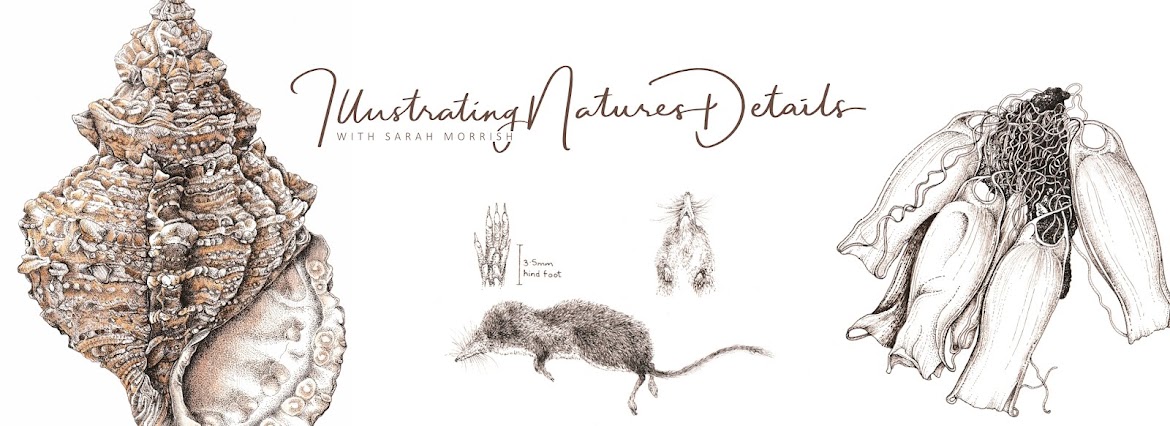I bet you are all a bit bemused by the title of this blog post ? Well, I was on the hunt for Restharrow, a plant that can be found growing on chalk grasslands and also near the coast. I am involved with a project with the Irish Society of Botanical Artists http://irishbotanicalartists.com:8080/ , and this is the plant that I am illustrating.
 |
|
© Sarah Morrish
This is Restharrow growing on the South Devon coast.
|
Old Winchester Hill is a favourite site of mine, which is a National Nature Reserve (NNR) and a Site of Special Scientific Interest (SSSI). Botanically, it is a great place for seeing a wide range of classic chalk grassland plant species and also those that are less common. In 2006, I spent several days here helping a friend with survey work to look for Round-headed Rampion, which is one of the rarer species.
For more information on Old Winchester Hill go to:
http://www.naturalengland.org.uk/ourwork/conservation/designations/nnr/1006115.aspx
 |
|
© Sarah Morrish
Leaves of Orchids starting to show.
|
 |
|
© Sarah Morrish
The bowing flowers of an emerging cowslip.
© Sarah Morrish
A Violet species found on the banks of the hillfort.
|
As well as chalk grassland there are also areas of woodland, one area containing some ancient Yew trees.
 |
|
© Sarah Morrish
|
There were many signs of Spring finally getting here. The Blackthorn flowers becoming evident. These come before the leaves and they must not be confused with Hawthorn, which blooms a bit later. With Hawthorn, the leaves come before the flowers.
 |
|
© Sarah Morrish
The beautiful and delicate Blackthorn flower.
|
One thing that I thought was stunning, was the buds of the Ash tree bursting open. The black buds always look so tightly closed and it is amazing what comes out of them when they start to open.
 |
|
© Sarah Morrish
|
Well, the hunt for Restharrow continues and I will resume the challenge as we hopefully move closer to the summer months. Perhaps I will explore some coastal sites in my quest ?










